Integrated Inductors for RF Transmitters in CMOS/MEMS Smart Microsensor Systems
Abstract
:1. Introduction
2. Smart microsensors for Intelligent Human Sensing System
2.1. Integrated 300-MHz CMOS VCOs
2.2. Integrated LC resonator and integrated antenna
3. Impedance matching procedure and the bonding wire inductor
Bonding wire inductor for impedance matching
4. Conclusions
Acknowledgments
References and Notes
- The Life Shirt System. Vivometrics Corporation: Ventura, CA, USA. [ http://www.vivometrics.com/site/research.html].
- SenseWear Body Monitoring System. BodyMedia Corporation: Pittsburgh, PA, USA. [ http://www.bodymedia.com/products/index.jsp].
- Kim, J.W.; Ichikawa, T.; Takao, H.; Sawada, K.; Ishida, M. Smart micro sensors with RF transmitter for intelligent human sensing system. Proc. IEEE Sensors Appl. Symp. (SAS), Houston, TX, USA; 2006; 2, pp. 78–81. [Google Scholar]
- Sung, M.; Marci, C.; Pentland, A. Wearable feedback systems for rehabilitation. Journal of Neuro Engineering and Rehabilitation 2005, 6, 2:17. [Google Scholar]
- Warneke, B.; Pister, K.S.J. MEMS for distributed wireless sensor networks. 9th Int'l Conf. Electron., Circ. Syst., Dubrovnik, Croatia; 2002; 9, pp. 15–18. [Google Scholar]
- Takao, H.; Fukumoto, H.; Ishida, M. A CMOS integrated three-axis accelerometer fabricated with commercial sub-micron CMOS technology and bulk-micromachining. IEEE Trans. Electron Dev; 2001; 48, pp. 1961–1968. [Google Scholar]
- Kawano, T.; Ishihara, A.; Harimoto, T.; Takao, H.; Sawada, K.; Usui, S.; Ishida, M. Three-dimensional multichannel Si microprobe electrode array chip for analysis of the nervous system. Proc. 2004 Int. Electron Dev. Meet. (IEEE IEDM 2004), San Francisco, CA; 2004; 12, pp. 1013–1016. [Google Scholar]
- Kim, J.-W.; Takao, H.; Sawada, K.; Ishida, M. Development of radio frequency transmitters including on-chip antenna for intelligent human sensing systems. IEEJ Trans. Elect. Electron. Eng. 2007, 2, 365–371. [Google Scholar]
- Moore, G.E. Cramming more components onto integrated circuits. Electronics 1013–1016.
- Christensen, K.; Jorgensen, R. Easy Simulation and Design of On-Chip Inductors in Standard CMOS Processes. Proc. IEEE Int. Symp. Circ. Syst. 1998; 5, pp. 360–364. [Google Scholar]
- Aguilera, J.; Berenguer, R. Design and Test of Integrated Inductors for RF Applications; Kluwer Academic Publishers: Dordrecht, The Netherlands, 2003. [Google Scholar]
- Razavi, B. RF Microelectronics; Prentice Hall PTR: USA, 1998. [Google Scholar]
- Sendra, R.; Pino, J.; Hernández, A.; González, B.; García, J.; García-Alonso, A.; Nuñez, A. Integrated Inductors Modeling for Library Development and Layout Generation. An International Journal of Analog Integrated Circuits and Signal Processing 2003, 35, 121–132. [Google Scholar]
- Craninckx, J. A 1.8 GHz low phase noise CMOS VCO using optimized hollow spiral inductors. IEEE J. Solid-State Circ. 1997, 32, 736–774. [Google Scholar]
- Razavi, B. Design of Analog CMOS Integrated Circuits; McGraw-Hill: Singapore, 2001. [Google Scholar]
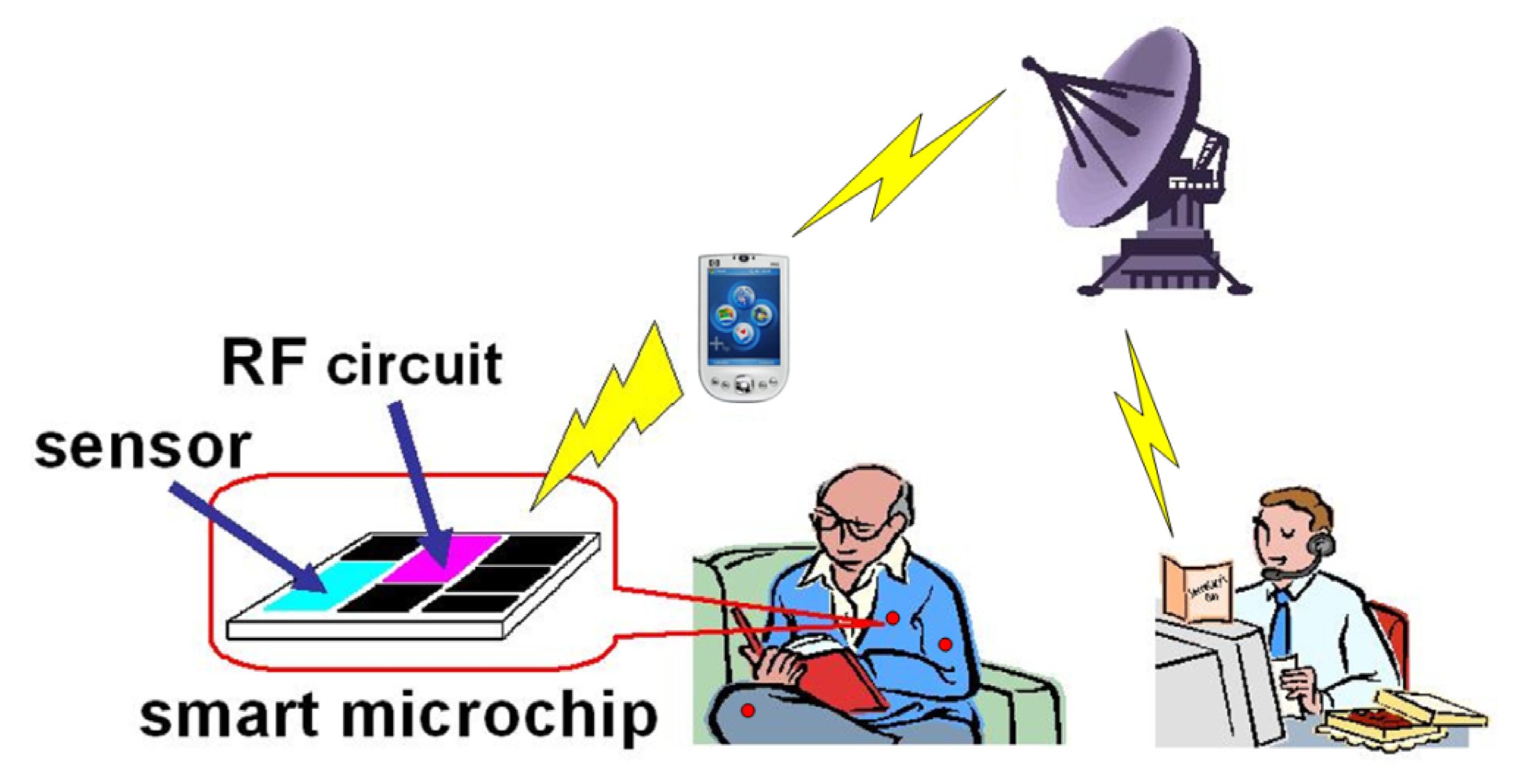
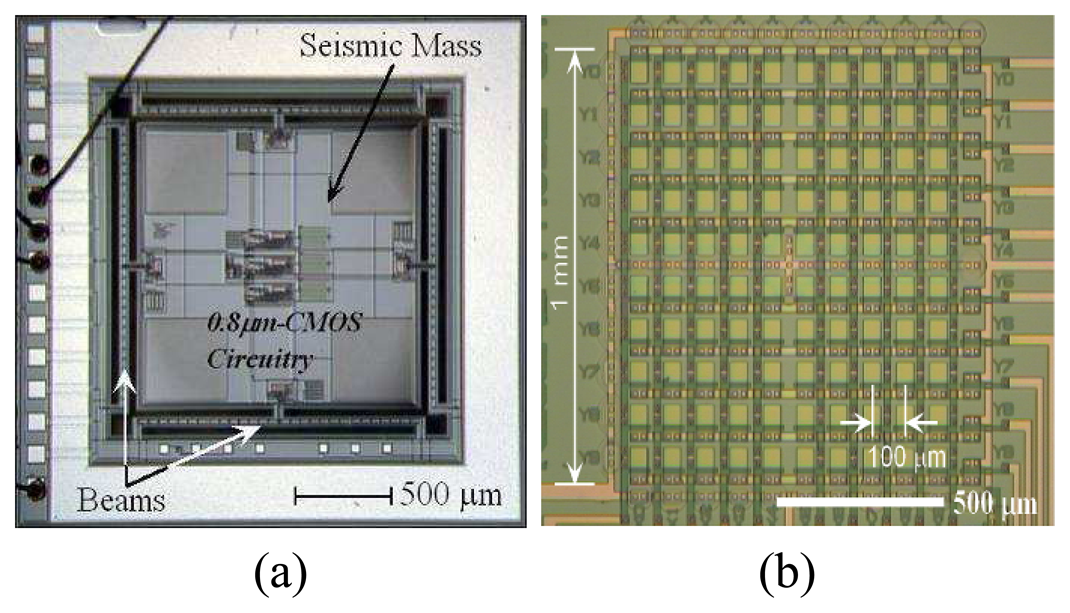
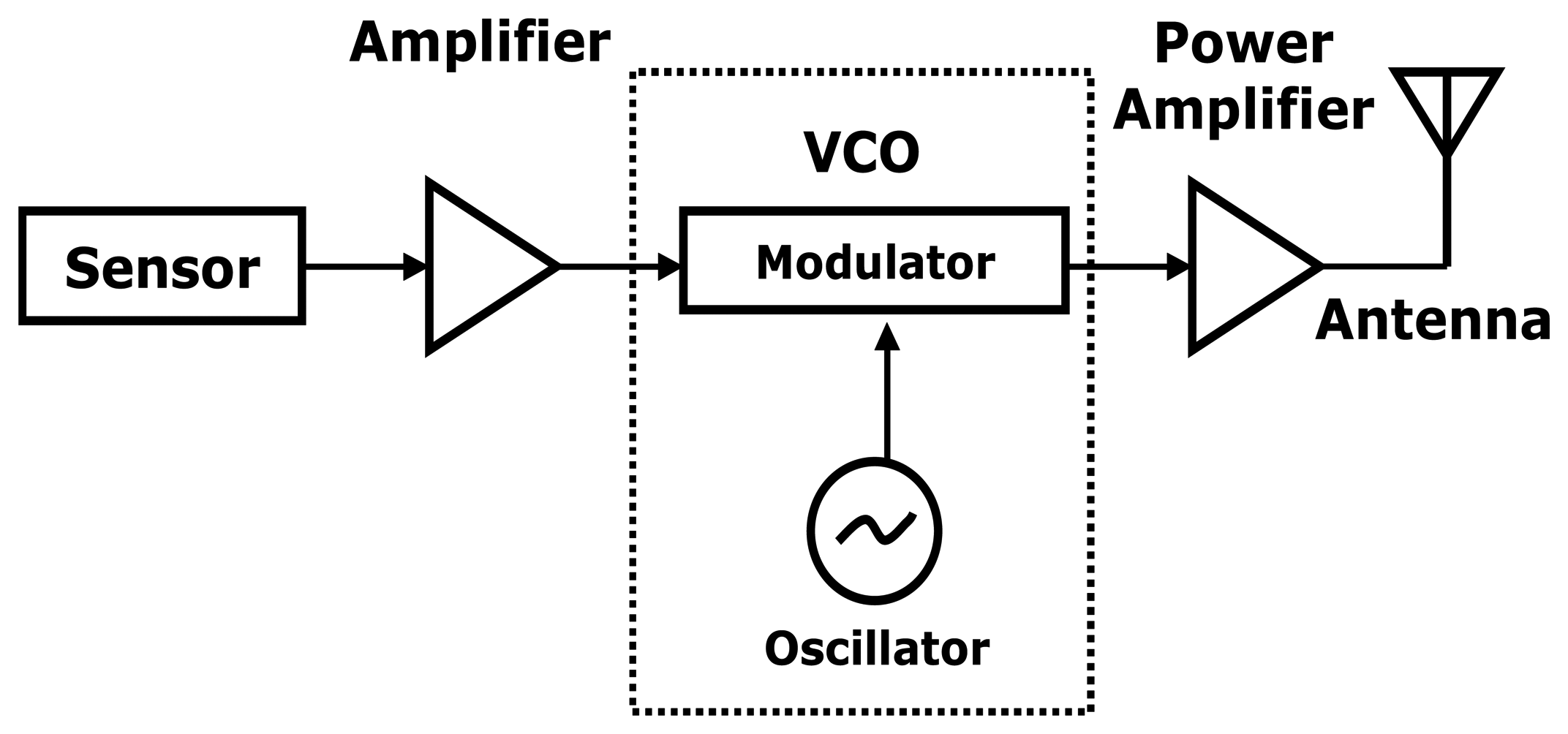
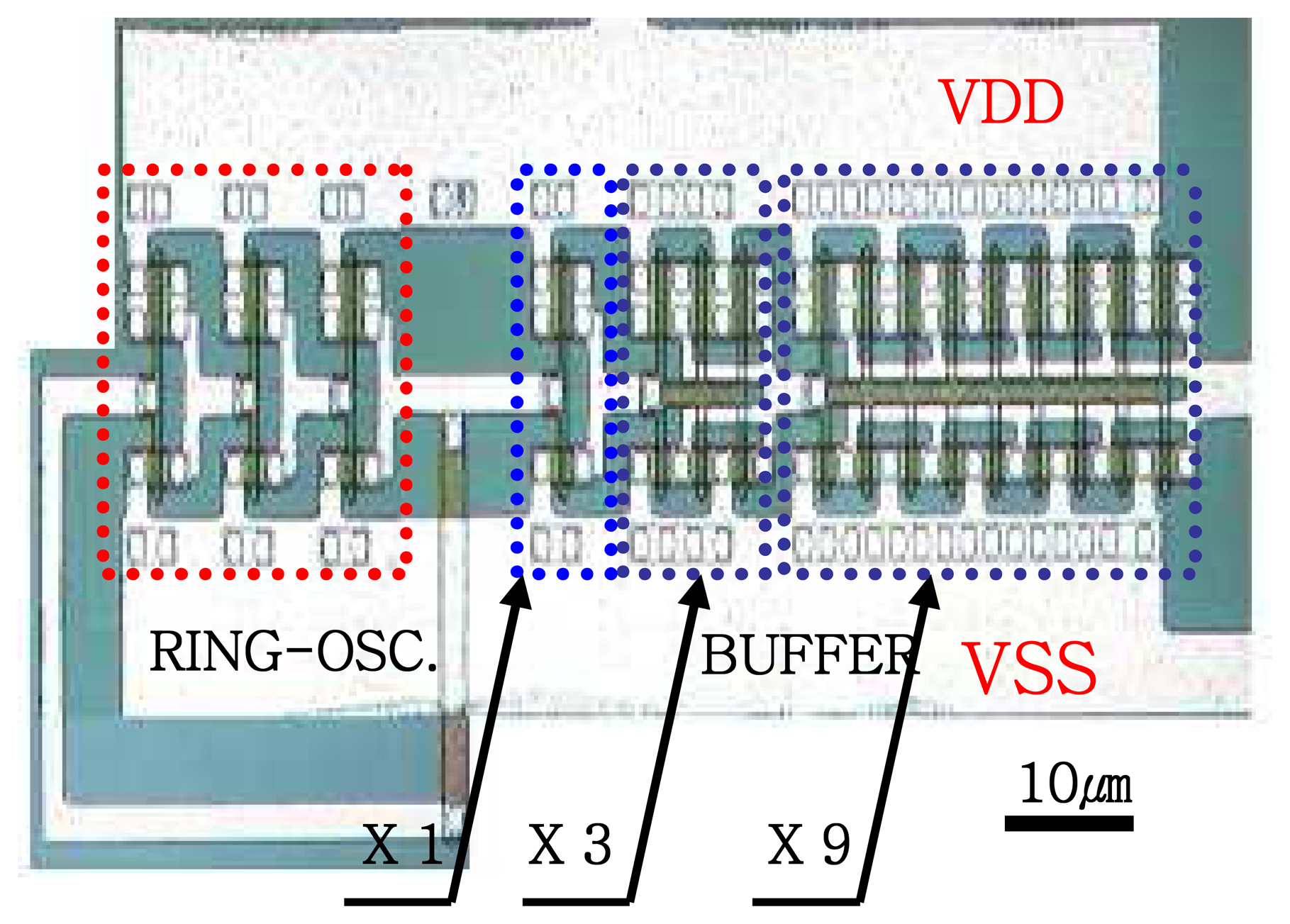
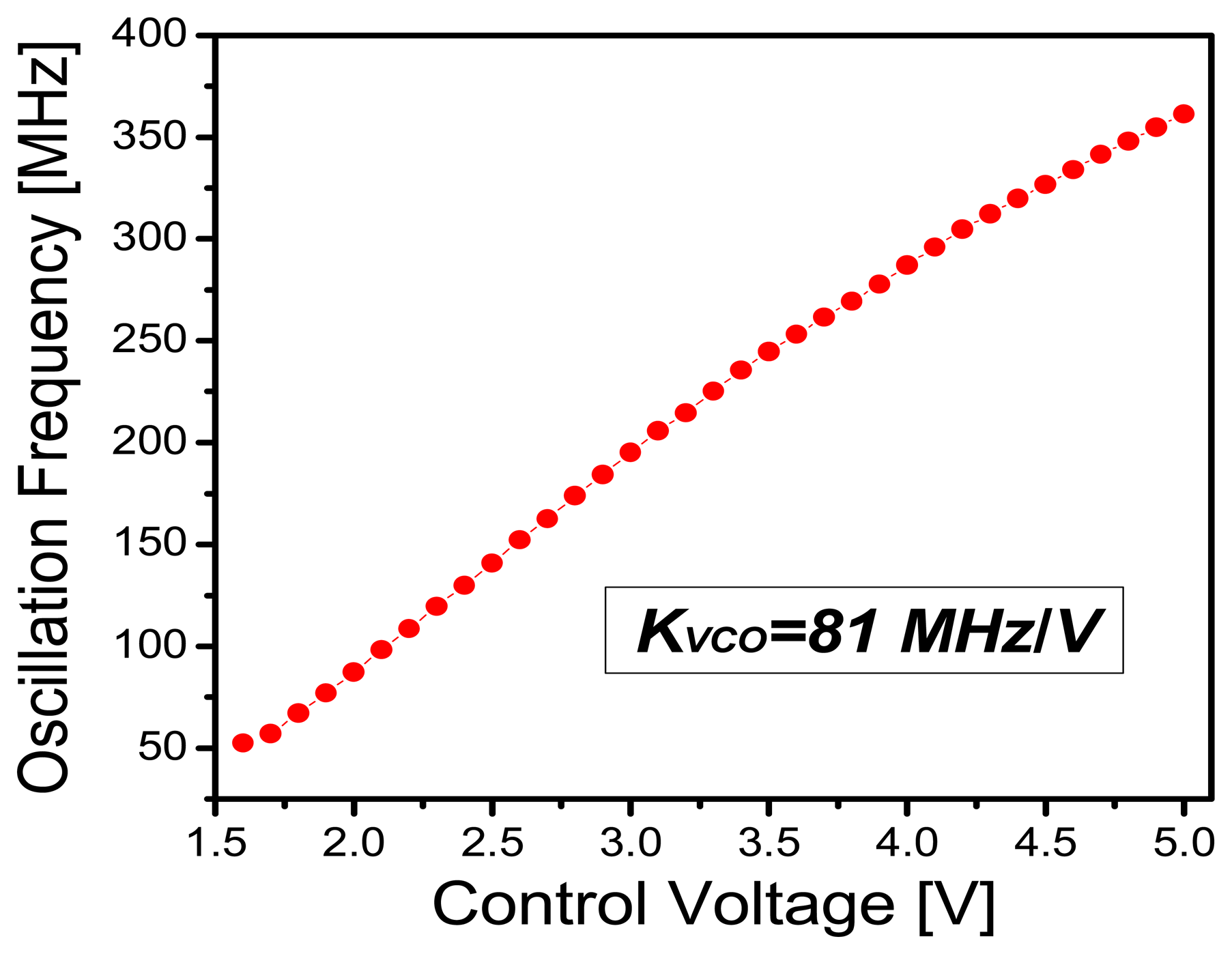
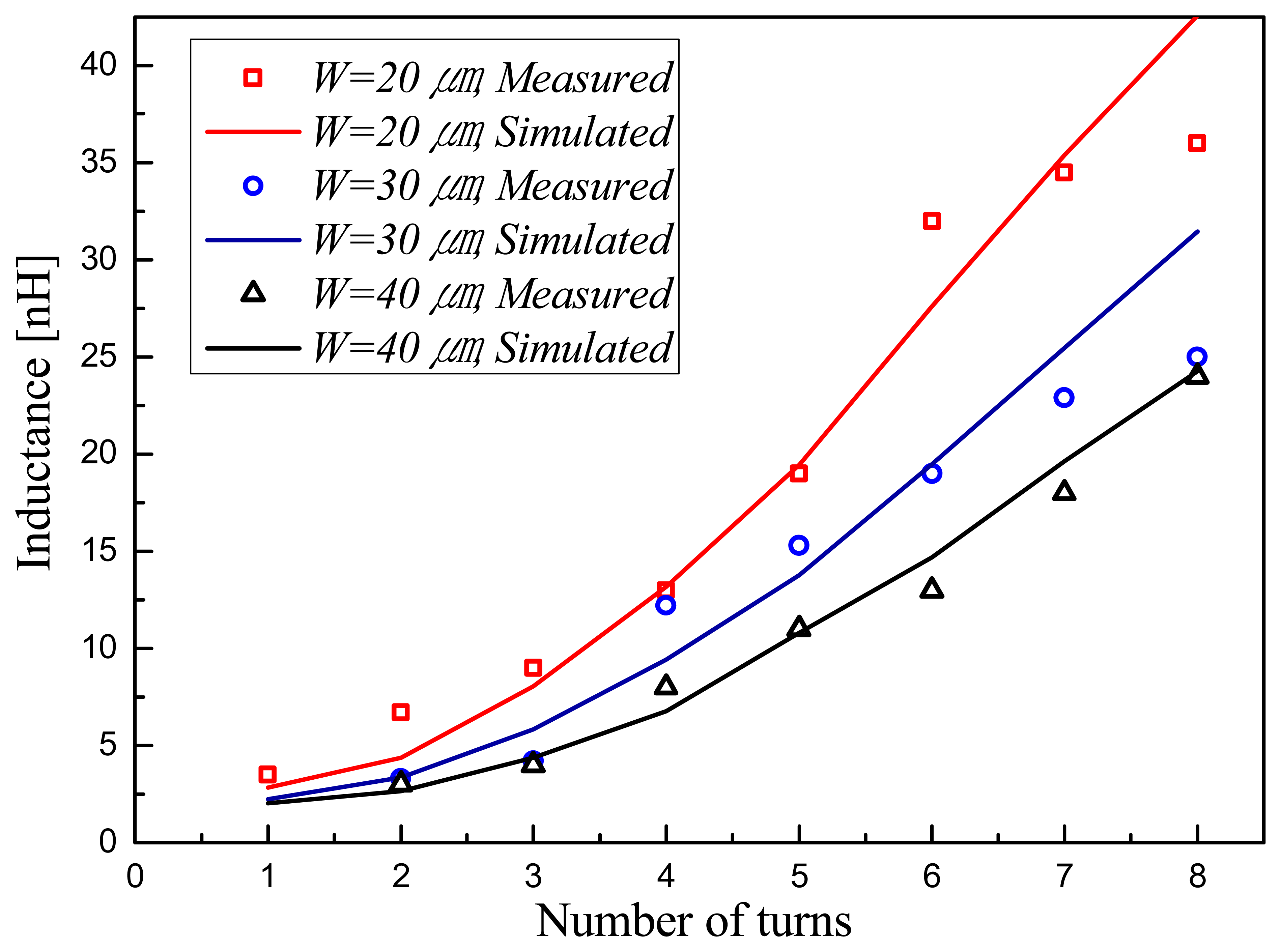
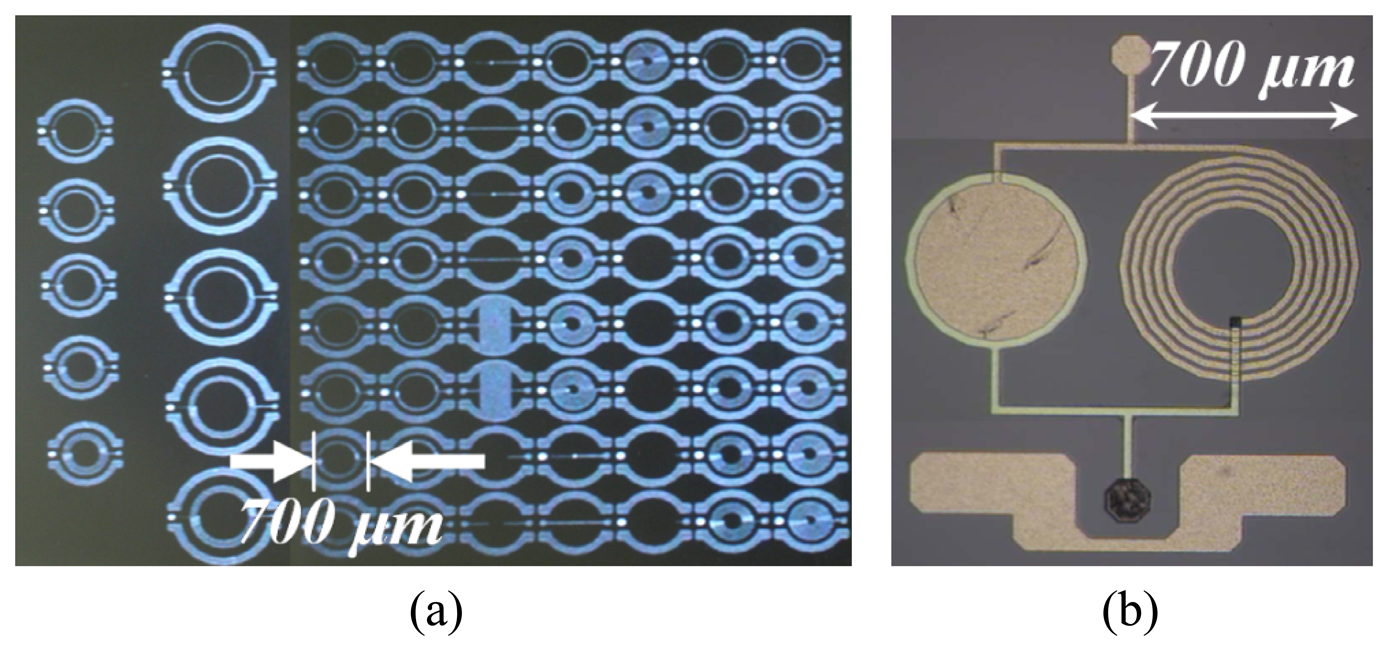
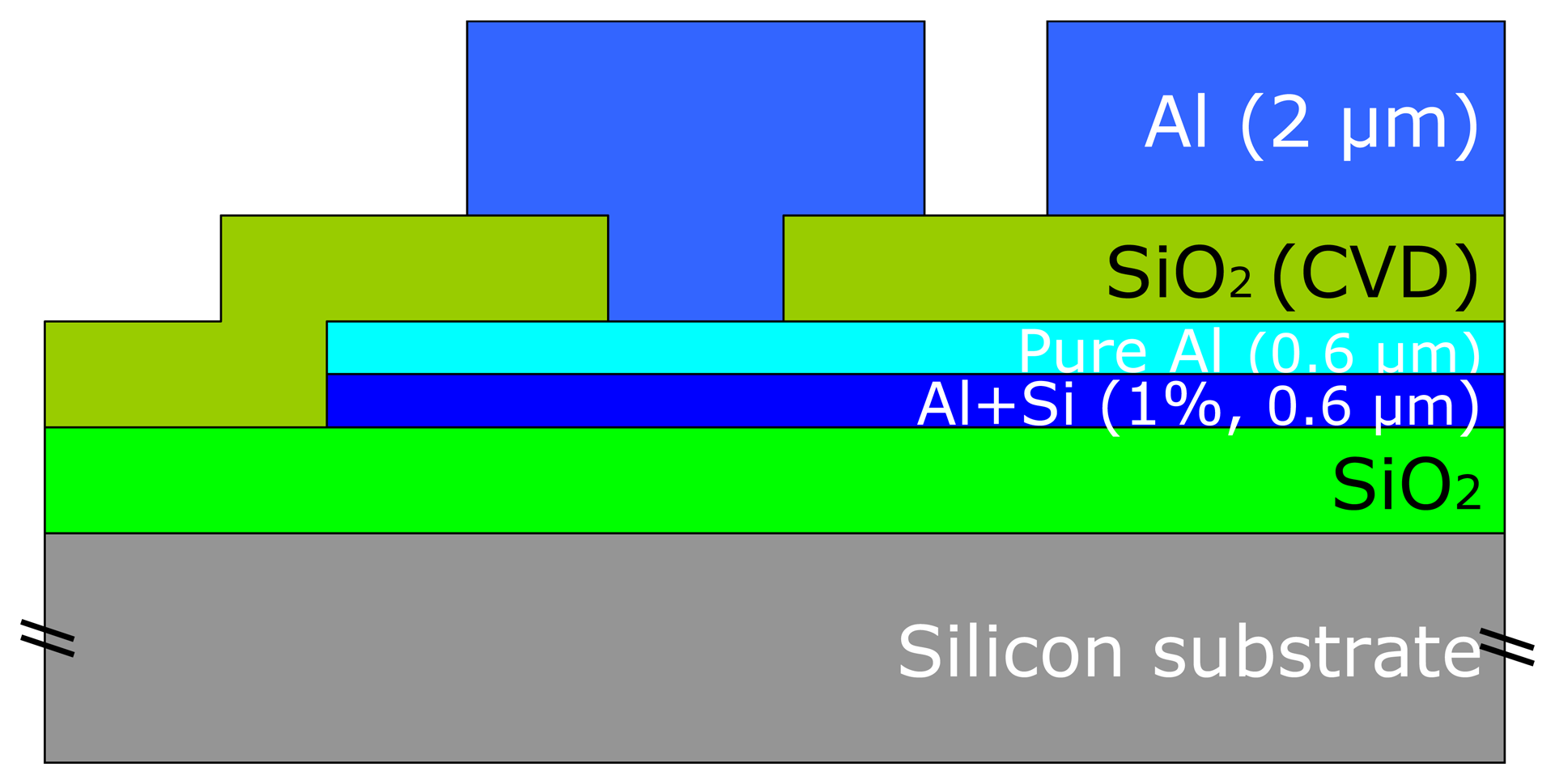
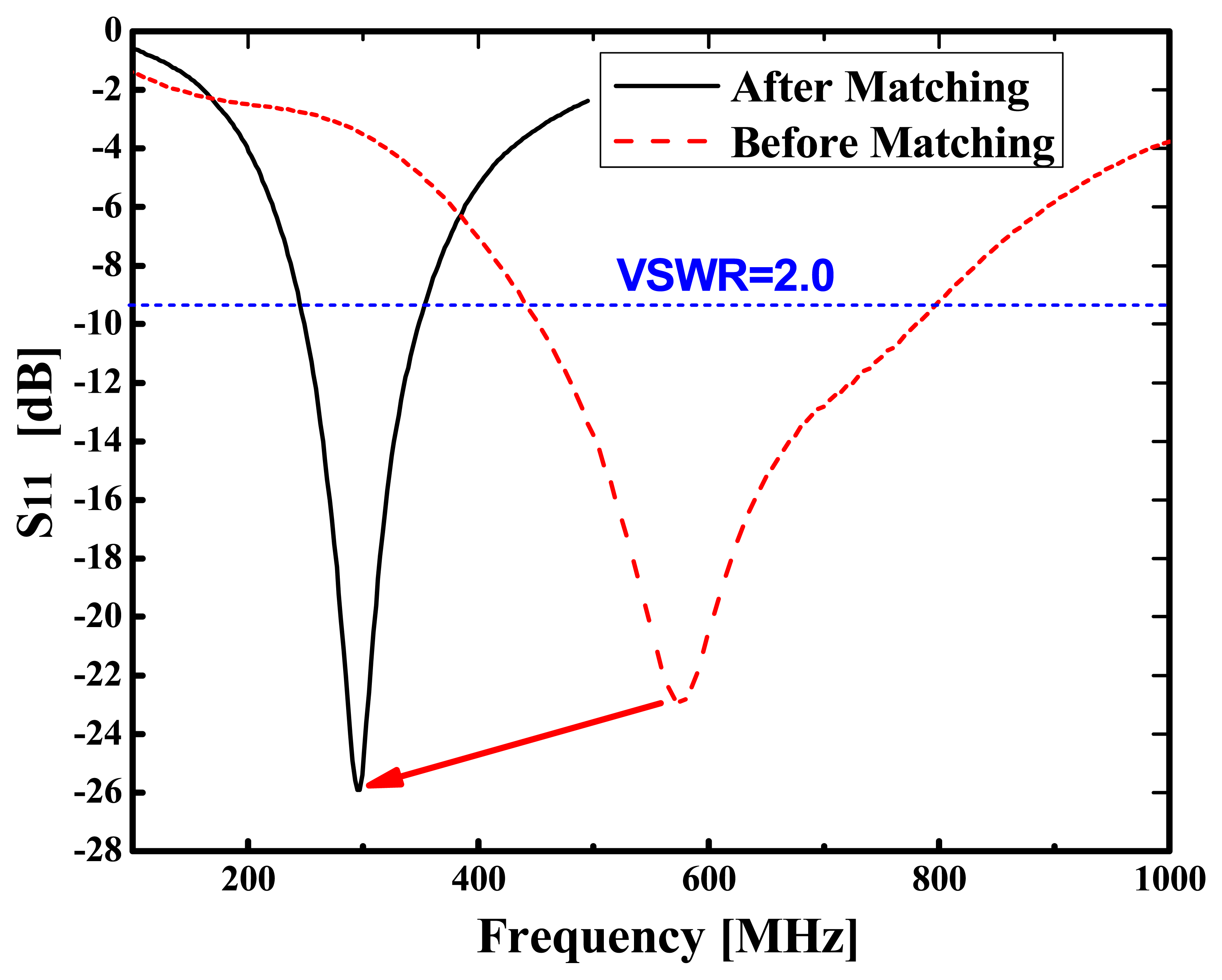
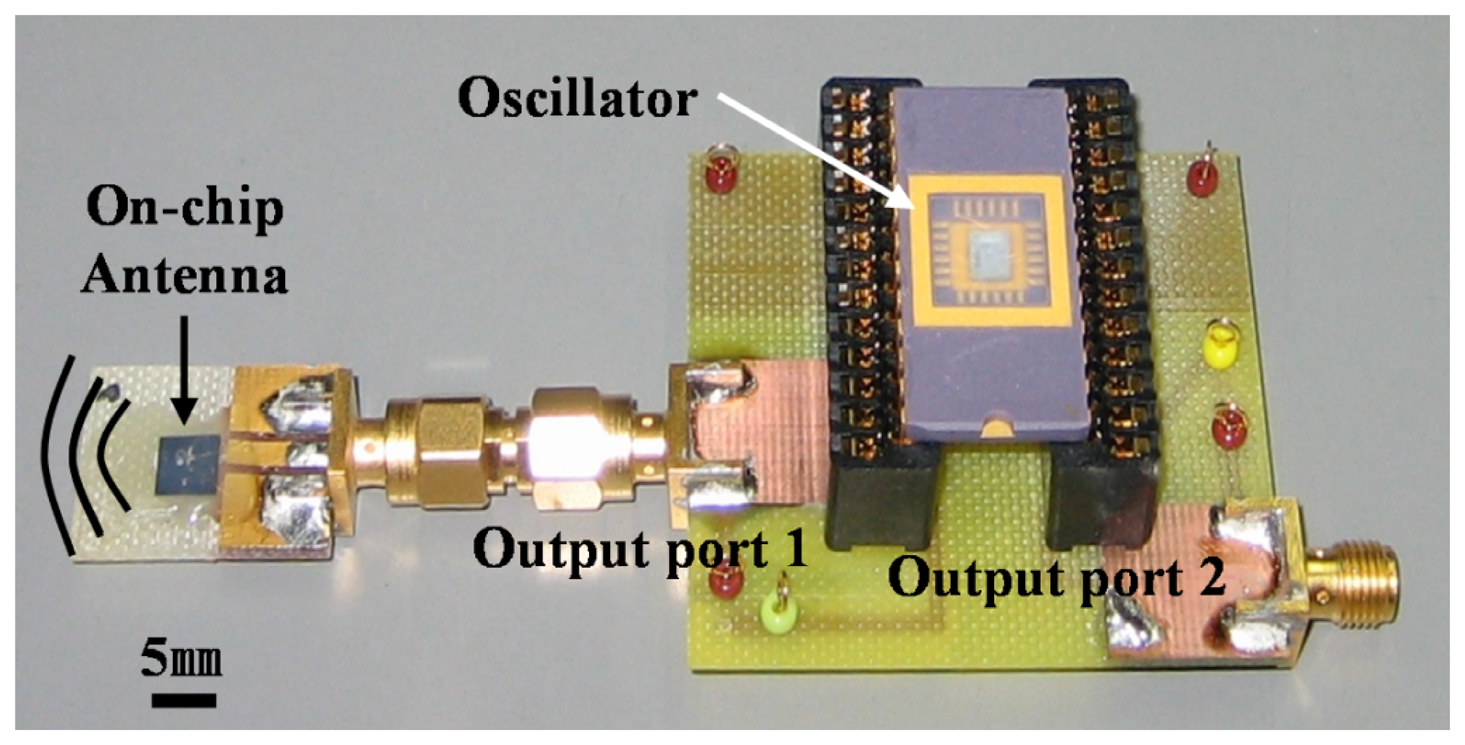
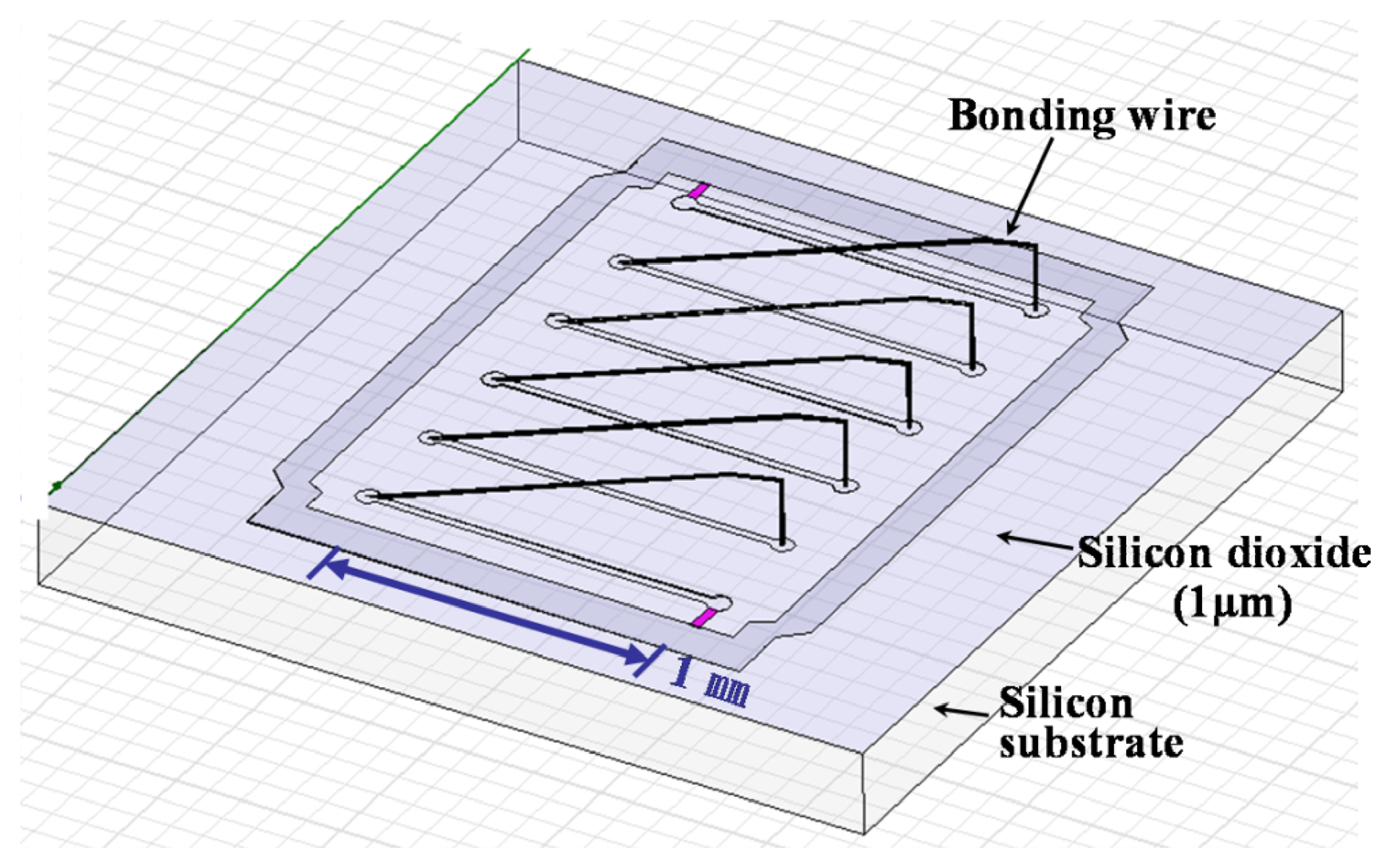
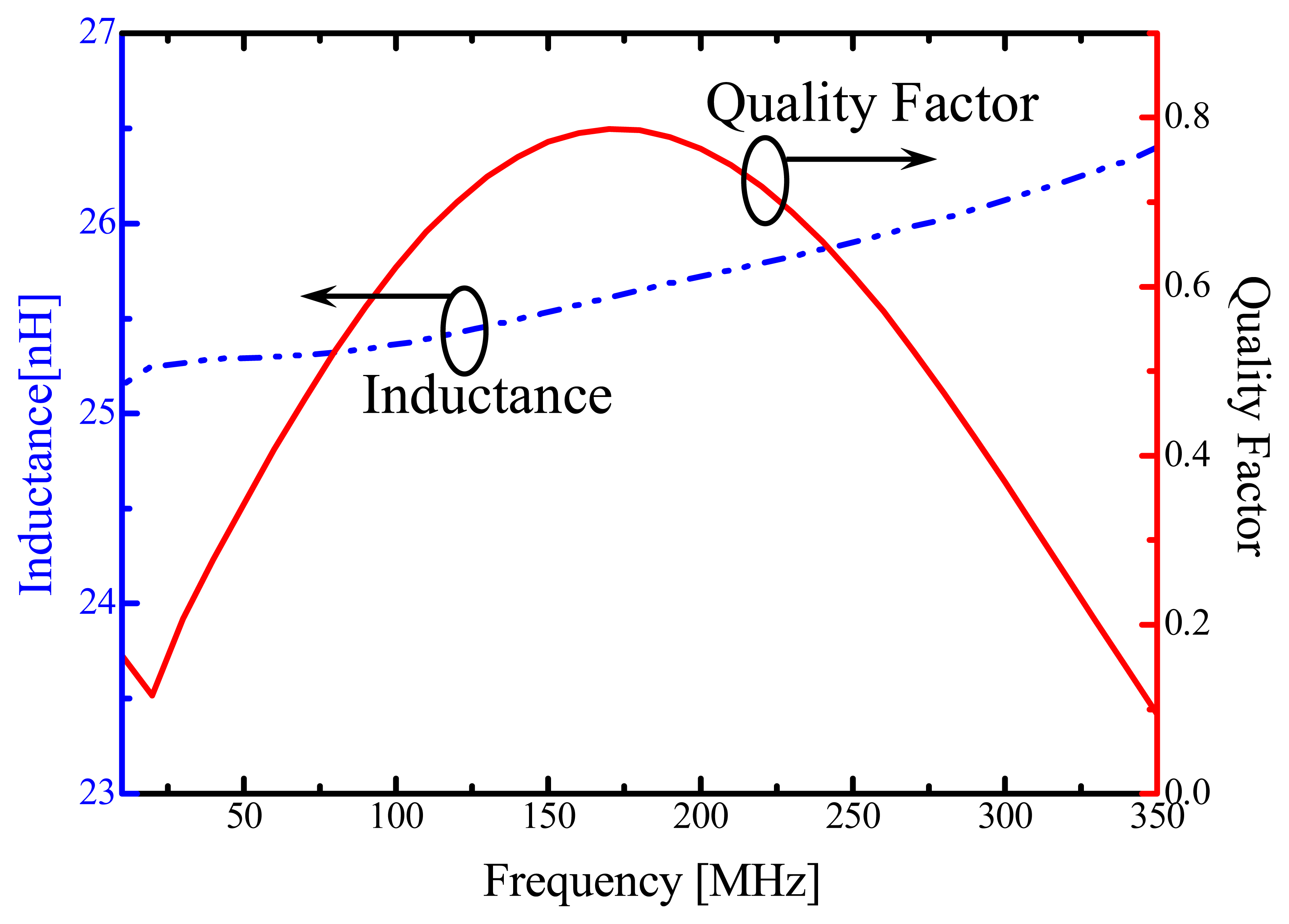
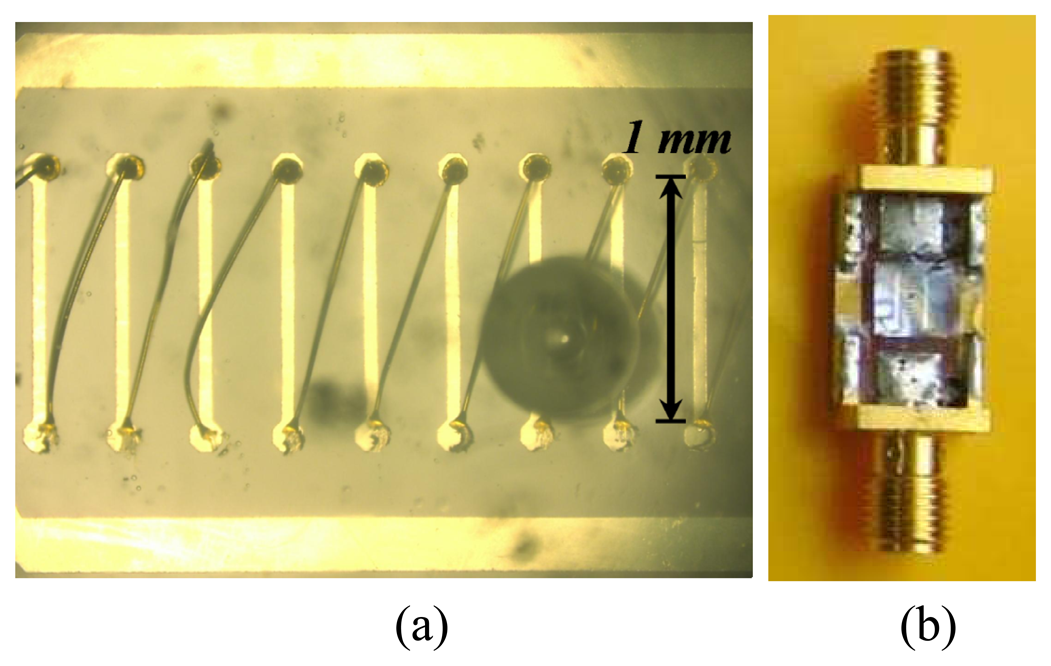
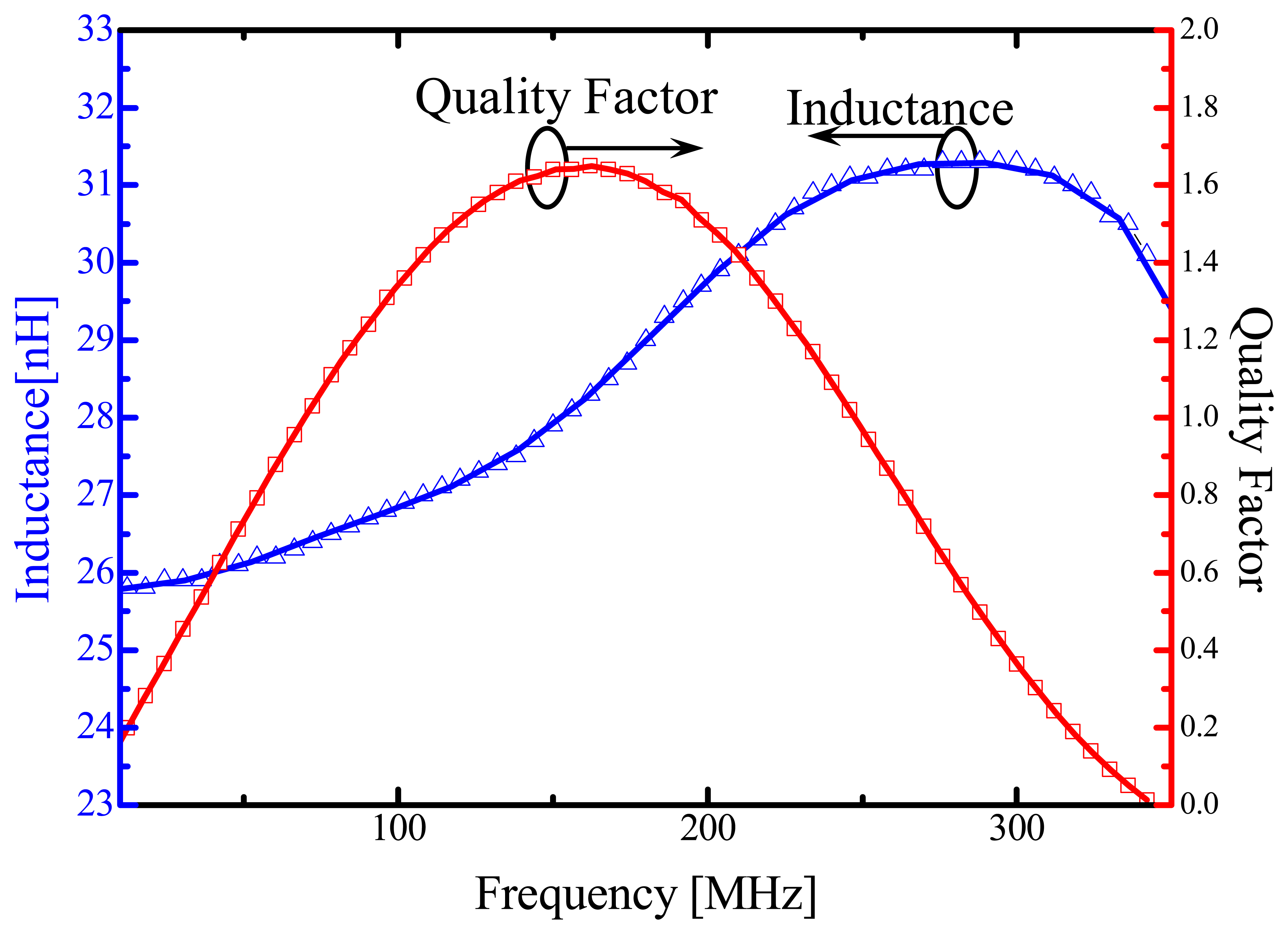
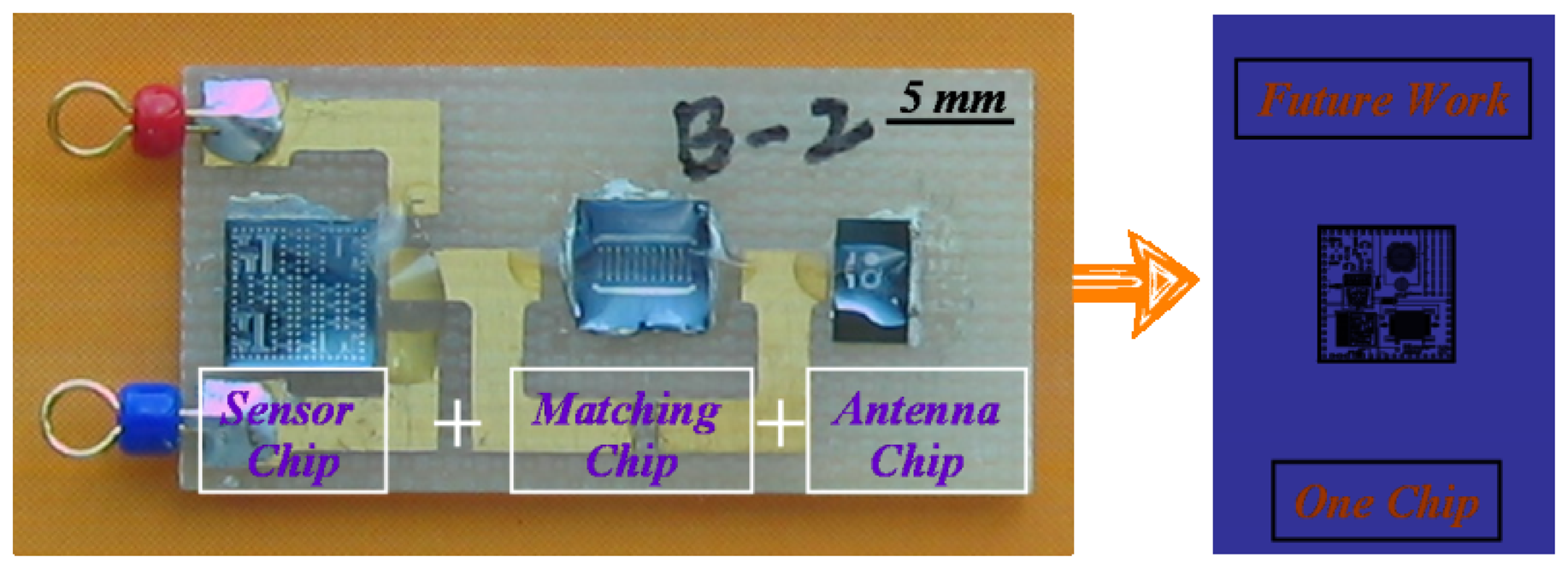
© 2007 by MDPI ( http://www.mdpi.org). Reproduction is permitted for noncommercial purposes.
Share and Cite
Kim, J.-W.; Takao, H.; Sawada, K.; Ishida, M. Integrated Inductors for RF Transmitters in CMOS/MEMS Smart Microsensor Systems. Sensors 2007, 7, 1387-1398. https://doi.org/10.3390/s7081387
Kim J-W, Takao H, Sawada K, Ishida M. Integrated Inductors for RF Transmitters in CMOS/MEMS Smart Microsensor Systems. Sensors. 2007; 7(8):1387-1398. https://doi.org/10.3390/s7081387
Chicago/Turabian StyleKim, Jong-Wan, Hidekuni Takao, Kazuaki Sawada, and Makoto Ishida. 2007. "Integrated Inductors for RF Transmitters in CMOS/MEMS Smart Microsensor Systems" Sensors 7, no. 8: 1387-1398. https://doi.org/10.3390/s7081387
APA StyleKim, J.-W., Takao, H., Sawada, K., & Ishida, M. (2007). Integrated Inductors for RF Transmitters in CMOS/MEMS Smart Microsensor Systems. Sensors, 7(8), 1387-1398. https://doi.org/10.3390/s7081387



